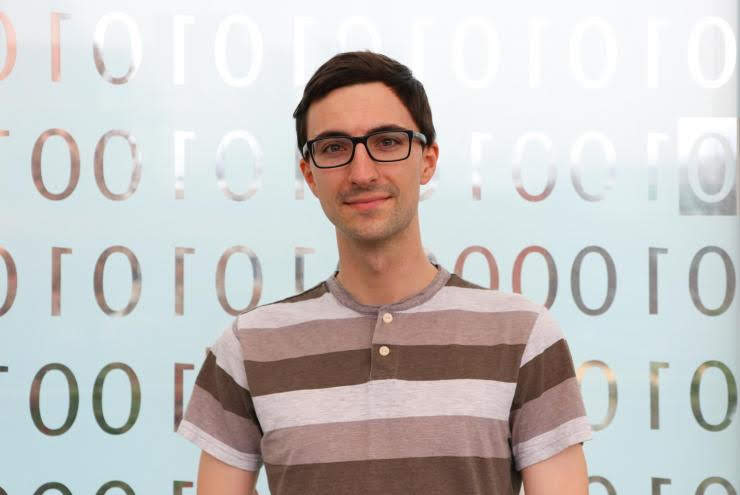Nathan Hatch
Robotics software engineer at the University of Washington

Engineering Interests
I am mostly interested in the practical engineering work that goes into creating a working robotic system. Since fall of 2021, I’ve led the software team for the UW RACER project, which is developing software for autonomous offroad vehicles. My supervisor (and former PhD advisor) is Dr. Byron Boots, who directs the University of Washington Robot Learning Lab.
Prior to that, I worked on very similar software for the Clearpath Warthog autonomous ground vehicle.
For the 2020-2021 academic year, I also led the software team for a student club called Husky Robotics, which designs and builds Mars rovers to participate in the University Rover Challenge. Under my leadership, we got third place in the (admittedly virtual) 2021 competition.
Curriculum Vitae (CV) or shorter resume (PDF or plaintext) (updated 2022-10-04)
Research interests
I’m interested in the interface between global and local planning for robotic navigation problems. Such navigation problems are generally solved hierarchically via global planning (solving a simplified problem over a large area to choose a path) and local planning (following the initial segment of that path using a more detailed model). This seems to be more computation- and sample-efficient than solving the entire problem at the more detailed local level. However, what happens when the proposed global plan is not feasible according to the local model? How can we make the interface between global and local planning as smooth as possible? What is the proper division of labor between these two planners?
Before that, I did some work in learning a real-time, dynamic bipedal locomotion controller for rough terrain.
Publications
N. Hatch and B. Boots. “The Value of Planning for Infinite-Horizon Model Predictive Control.” Proceedings of the 2021 International Conference on Robotics and Automation (ICRA 2021). (IEEE Xplore) (arXiv)
A. Shaban, C. Cheng, N. Hatch, and B. Boots. “Truncated Back-Propagation for Bilevel Optimization.” Proceedings of the 22nd International Conference on Artificial Intelligence and Statistics (AISTATS 2019). (PMLR) (arXiv)
N. Hatch. “Group Theory: An Introduction and an Application.” University of Chicago VIGRE REU; August 2011. (paper)
Personal Projects
You may be interested in this Mancala AI, this factor graph SLAM implementation, this RRT demo, or other projects on my GitHub.
Class Projects
A. Fishman, N. Hatch, and Y. Yang. Navigating Holiday Traffic. CSE 599 Reinforcement Learning; Autumn 2020. (paper) (slides)
N. Hatch, G. Parpart, D. Starikov. Deep Robot Localization. CSE 571 Robotics; Spring 2020. (paper) (slides)
A. Baughan, N. Hatch, V. Raganeni, and B. Yang. Search-Based Testing for Robotic Motion Planning Algorithms. CSE 503 Software Engineering; Winter 2020. (paper) (slides)
S. Foley, N. Hatch, and A. Beedu. A Global Optimal Solution to Non-Minimal Relative Pose Estimation. ECE 8823 Convex Optimization; Spring 2019. (pdf)
N. Hatch and E. Wijmans. Probabilistic Graphical Modeling of Data-Dependent Annotator Accuracy for Active Learning. CS 8803 Probabilistic Graphical Models; Spring 2018. (paper) (slides)
N. Hatch, A. Sundaresan, M. Dutreix, R. Kuppan, and P. Pattanashetty. Google Landmark Recognition and Retrieval Challenges. ECE 6254 Statistical ML; Spring 2018. (paper) (poster)
N. Hatch. Unsupervised Curriculum Learning for Image Clustering. CS 7643 Deep Learning; Fall 2017. (poster)
Bio
I completed my Bachelor of Science degree at the University of Chicago in 2014, then worked for three years at an education technology startup company called eSpark Learning. In 2017, I joined the Georgia Tech ML PhD program and transfered to the University of Washington CS PhD program in Winter 2020. After obtaining a master’s degree from UW in 2021, I carefully decided not to pursue a career in academia and pivoted to work full-time on system software engineering for the UW RACER project.





